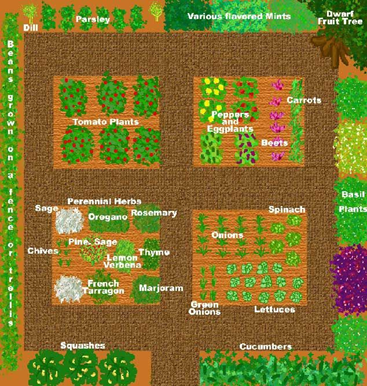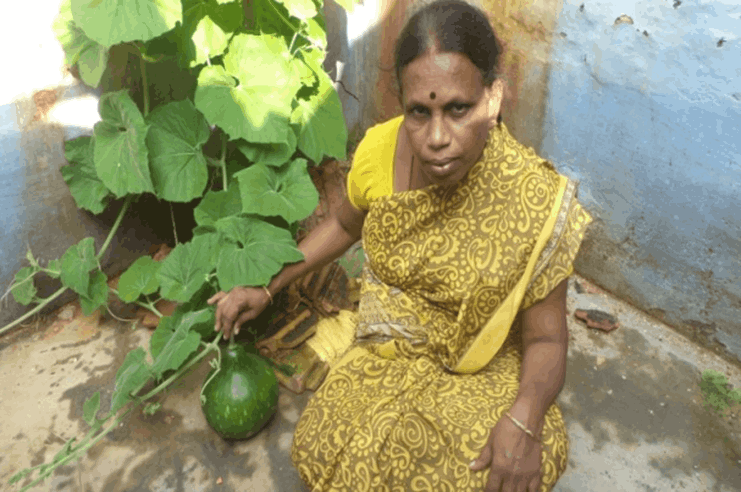

A Tradition Revived : The Past and Present of Nutrition Gardens
For centuries, Indian rural households sustained themselves through Nutrition gardens—also called thottam, mitti baari, or angadi thottam—tucked into backyards or front yards. These vibrant plots of greens, vegetables, herbs, and fruits were nurtured mostly by women and ensured a continuous supply of fresh, chemical-free produce.
With modernization and the shift to market-based food systems, this tradition began to fade. However, in recent years, nutrition gardens are making a comeback—reimagined as powerful tools for nutritional security, women’s empowerment, and climate resilience.
Across Jeevidam-supported villages, more than 3,500 rural families have established nutrition gardens, guided by FPOs and women-led SHGs. These gardens, often spread over 100–300 sq. ft., have become nutrition hubs—producing up to 10–15 varieties of vegetables year-round and reducing household dependence on market vegetables.

Models of Kitchen Gardens
The movement is no longer limited to backyard spaces. Jeevidam and its partner institutions promote:
Each model is designed based on the household’s landholding, water availability, and interest, ensuring inclusivity.
Cost Economics : A Low-Investment, High-Impact Practice
A nutrition garden requires an initial investment of just Rs. 100/-, covering seeds, organic inputs, and simple tools. Many use bio-inputs like Panchagavya, Jeevamrutham, and Neem extracts, reducing reliance on chemical fertilizers.
With proper planning, a household can harvest produce worth Rs. 1500-2500 per season. Surplus vegetables are often sold in local markets, creating a modest income stream. Some households also integrate poultry or goat rearing, enhancing both nutritional diversity and economic returns.
In water-scarce areas, Jeevidam FPOs support drip irrigation, greywater recycling, and rainwater harvesting structures—often through convergence with schemes like MGNREGS.
Nutrition and Social Benefits : A Women-Led Transformation
The most powerful impact of kitchen gardens is seen in improved family nutrition. Daily access to green leafy vegetables, iron-rich tubers, vitamin A and C vegetables has resulted in:
Women, who are the primary caretakers of these gardens, report higher self-confidence and decision-making power. In tribal villages of Tamil Nadu and Odisha, women are also reviving traditional seed varieties and medicinal plants, strengthening biodiversity and local health systems.

Future Trends : Towards Resilient, Scalable Kitchen Gardens
Looking forward, kitchen gardens are poised to evolve into climate-resilient micro food systems. Jeevidam is piloting:
Government support is growing too—schemes under NRLM, RKVY, and Poshan Abhiyan now recognize nutrition gardens as critical to household food security. In some Jeevidam FPO clusters, up to 80–90% of households have adopted nutrition gardens, thanks to convergence with health, nutrition, and livelihood missions.
Challenges and Mitigation
Despite the benefits, challenges persist:
Jeevidam’s strategy includes training through village resource persons (VRPs), setting up demonstration gardens and forming support groups to ensure continuity.
Conclusion : A Garden of Possibilities
Nutrition gardens are more than just a household practice—they are a transformative movement restoring food sovereignty, health, and rural dignity. As Jeevidam and its FPOs continue to seed knowledge and resources at the grassroots, nutrition gardens stand as living proof that the path to nutrition security begins right at our doorstep.
